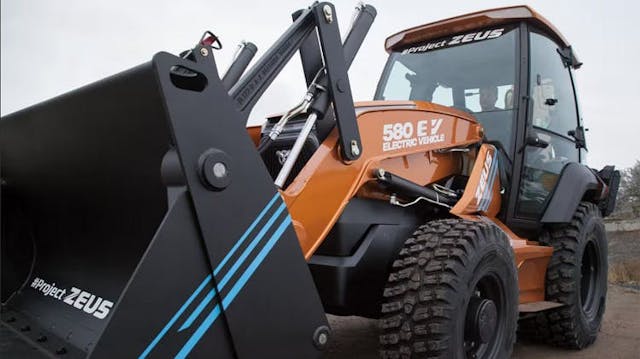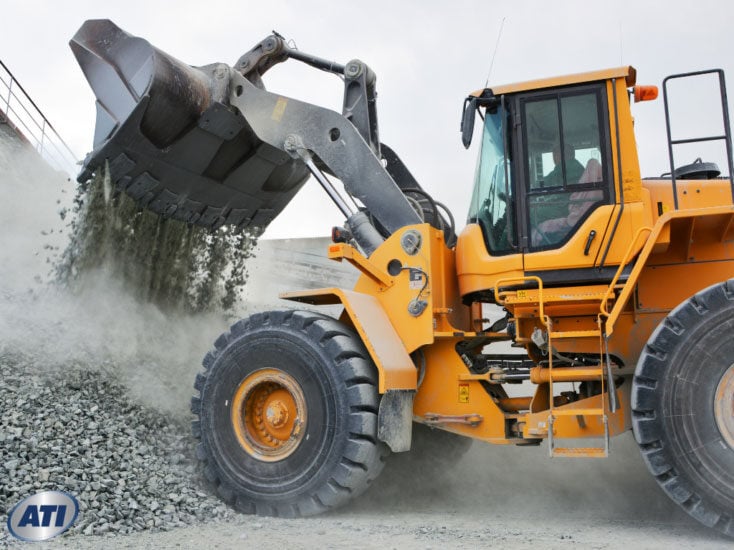Top Construction Equipment Rental Company: Locate Heavy Equipment Rental Near Me
Top Construction Equipment Rental Company: Locate Heavy Equipment Rental Near Me
Blog Article
Understanding the Cost-Effectiveness of Leasing Devices for Short-Term Projects
In the world of job management, the judicious appropriation of sources is critical to achieving effective results within monetary constraints. When considering short-term tasks that call for customized tools, the choice to acquire or lease claimed equipment can dramatically affect the task's cost-effectiveness. Elements such as application frequency, upkeep costs, and devaluation prices enter play when assessing the financial effects of each choice. By delving into the ins and outs of this decision-making process, a more clear understanding of the cost-effectiveness of renting out tools for temporary jobs emerges.
When Leasing Tools,Elements to Take Into Consideration. heavy equipment rental.
When thinking about renting out devices for temporary projects, it is vital to thoroughly evaluate a number of key variables to guarantee optimum effectiveness and cost-effectiveness. Figuring out the specific needs of the task is essential. Recognizing the range of job and the needed devices will help in selecting one of the most appropriate tools for the job. Additionally, considering the period of the task is vital. Renting equipment for the exact duration needed can stop unneeded costs connected with maintaining the devices longer than called for.
Furthermore, examining the top quality and condition of the equipment is very important to ensure smooth operations throughout the task. Leasing well-maintained equipment from respectable distributors can decrease the danger of malfunctions and delays. Cost is another significant variable to take into consideration. Contrasting rental rates from different companies and determining the total price of getting versus leasing can assist in making a cost-efficient decision. Lastly, evaluating the availability of support services such as upkeep and technical aid can add to the general efficiency of the task. By very carefully taking into consideration these factors, one can make educated decisions when leasing devices for temporary jobs.
Advantages of Renting Vs. Purchasing
Renting tools for temporary projects supplies various advantages over purchasing, specifically in regards to flexibility and cost-effectiveness. Among the primary advantages of leasing tools is the versatility it gives. Renting enables firms to access a variety of specific devices for temporary demands without the long-term commitment and expenses related to buying. This adaptability is especially valuable for jobs with transforming demands or when details devices is only needed for a restricted duration.
Cost-effectiveness is an additional crucial advantage of renting out devices. Rather of birthing the full price of buying costly tools that might just be utilized occasionally, renting supplies a more budget-friendly alternative. Leasing removes in advance prices, depreciation, upkeep expenditures, and storage space expenses, bring about considerable expense financial savings for temporary projects. Furthermore, renting out permits companies to budget plan much more precisely by knowing the precise expense of tools rental upfront, without unexpected expenses for upgrades or repair work.

Price Evaluation: Leasing Vs. Possessing
Contrasting the economic implications of renting tools versus having it supplies important insights into the cost efficiency of each approach for short-term tasks. When taking into consideration the cost analysis of renting versus owning devices, a number of vital factors enter play.
First of all, leasing tools for temporary projects typically calls for less preliminary resources investment compared to buying the equipment outright. This can be specifically helpful for services with limited upfront funds dozer rental or those aiming to allocate sources in other places. In addition, renting out eliminates costs associated with equipment maintenance, repair services, storage space, and devaluation, which are usually the duty of the tools proprietor.
On the various other hand, owning equipment might show to be extra affordable over time for tasks that require extensive or frequent devices use. While the initial financial investment may be greater, possessing tools gives the advantage of asset ownership and the potential for resale value once the project is finished.
Inevitably, the decision in between leasing and possessing tools for temporary projects must be based upon a detailed cost analysis that takes into consideration aspects such as project period, frequency of tools usage, maintenance prices, and long-lasting investment objectives.
Tips for Taking Full Advantage Of Cost-Effectiveness

Strategy Ahead: Correct planning is vital to avoid rushed choices and last-minute costs. Determine the devices required, rental duration, and any type of additional services called for well in advancement.
Contrast Rental Options: Research study and contrast rental rates from different distributors to discover one of the most affordable alternative. Consider elements such as tools quality, rental terms, and consisted of services.
Select Bundled Services: Some rental companies provide bundled services that might consist of devices distribution, configuration, insurance coverage, and upkeep. Selecting these bundles can typically result in cost savings contrasted to paying for individual solutions.
Utilize Equipment Efficiently: Train staff members on appropriate tools use to stop damage and minimize downtime. Reliable application of rented equipment can aid reduce general costs.
Discuss Terms: Do not hesitate to work out rental terms, particularly for long-lasting or large jobs. Ask for price cuts, adaptable rental periods, or forgoed charges to optimize cost-effectiveness.
Case Researches and Instances
In examining real-world applications of affordable devices leasings for temporary jobs, remarkable case studies and examples offer beneficial insights into successful methods used by companies. By leasing the devices, the business prevented significant upfront costs and ongoing maintenance expenses, allowing them to designate sources a lot more successfully.
An additional example is a landscaping business that utilized tools services for seasonal tasks. As opposed to purchasing pricey landscaping equipment that would just be made use of throughout specific times of the year, the company chose to rent the tools as required. This technique verified to be economical as it got rid of the need for storage room and reduced upkeep prices throughout the off-season.
These instance researches highlight the sensible advantages of leasing devices for temporary jobs, demonstrating how services can accomplish cost-effectiveness and versatility by leveraging devices rental solutions. - heavy equipment rental
Conclusion
To conclude, understanding the cost-effectiveness of renting equipment for short-term tasks includes taking into consideration variables such as the details needs of the project, the advantages of acquiring versus renting out, and conducting a detailed cost evaluation. By making best use of cost-effectiveness through effective preparation and usage of leased equipment, companies can accomplish their job objectives while minimizing expenses. Situation studies and examples can offer valuable understandings into effective cost-efficient rental methods for short-term projects.
When considering temporary jobs that need customized equipment, the decision to acquire or rent said devices can dramatically impact the job's cost-effectiveness. Renting out tools for the exact duration required can prevent unnecessary expenses connected with maintaining the tools much longer than called for.
Firstly, renting equipment for temporary tasks typically calls for much less initial funding expense compared to purchasing the devices outright. Furthermore, renting gets rid of prices connected with tools maintenance, repair work, storage space, and devaluation, which are normally the duty of the tools proprietor.
In conclusion, comprehending the cost-effectiveness of renting devices for temporary tasks involves thinking about aspects such as the certain requirements of the task, the advantages of purchasing versus renting, and conducting a complete expense analysis.
Report this page